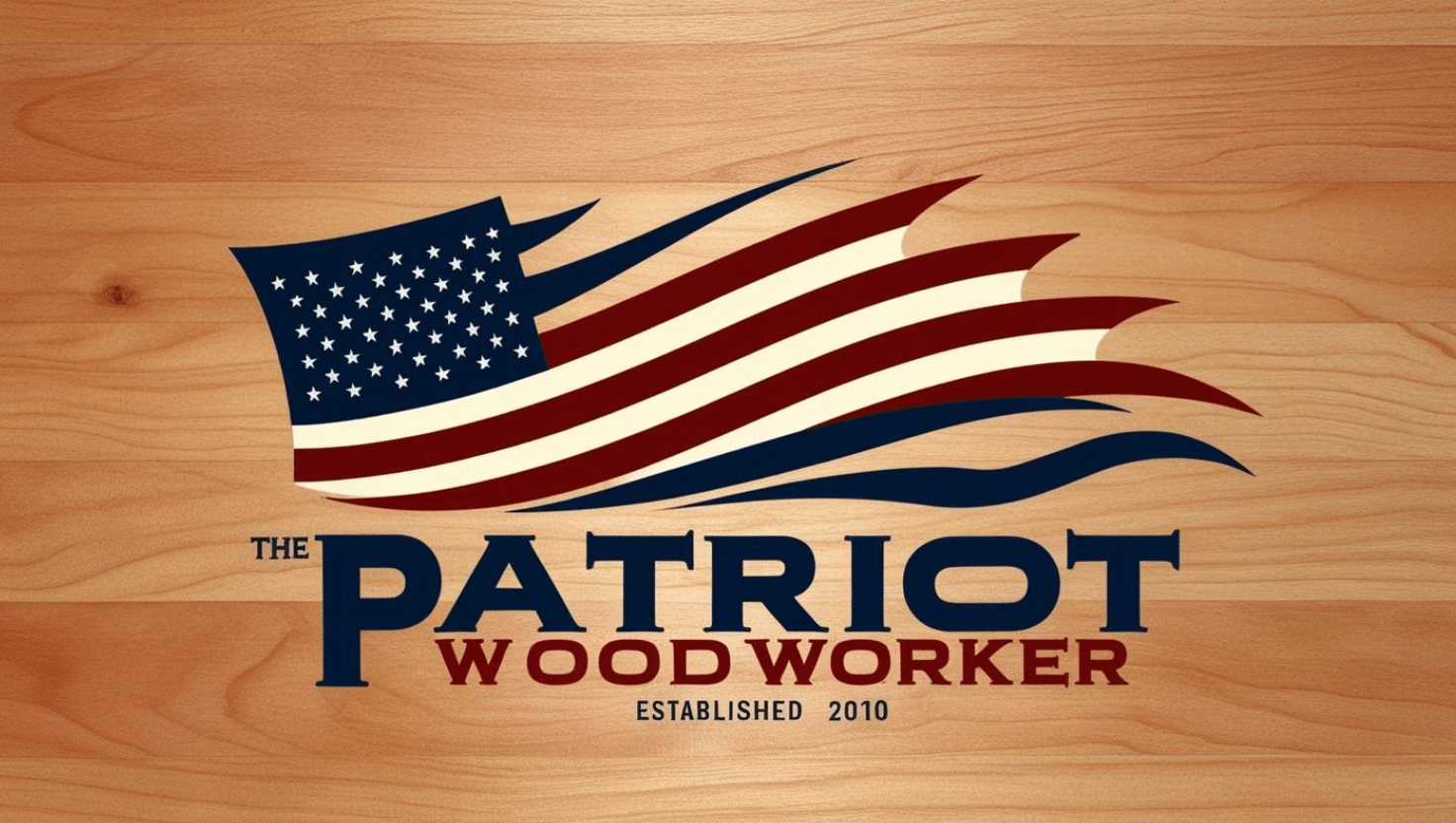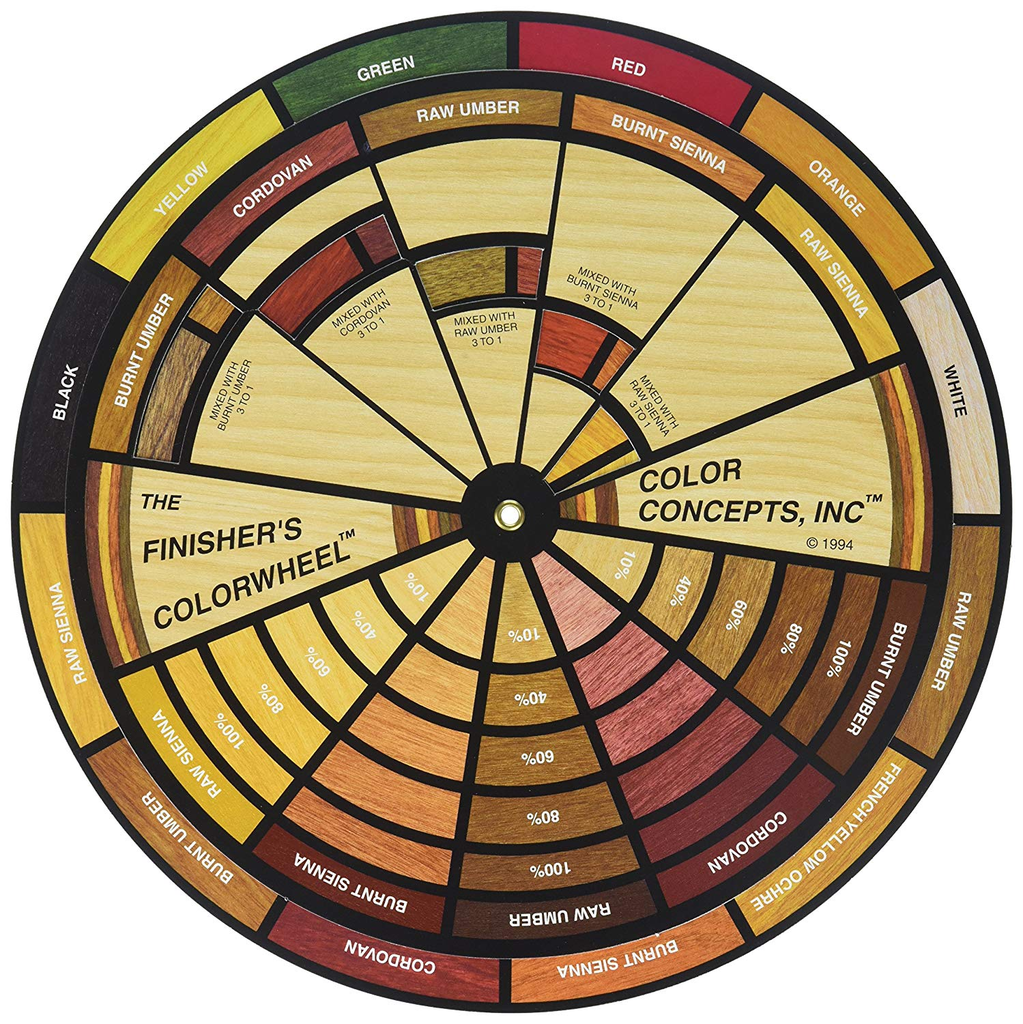Search the Community
Showing results for tags 'purple'.
-
I haven’t been in my work shop lately, my wife broke her ankle falling down the steps. It will require surgery next week. i had this project started and by the time I was ready to finish it very cold weather happened. I’m not satisfied with it yet, but maybe I’ll redo it when it warms up
-
I have been experimenting with the UV clear finish that dries in seconds when exposed to a UV light or the sun. The sun. is much quicker. I got a surprise when I coated this ornament and took it to the sun. The Walnut looks normal, until it is exposed to the sun and then turns purple, (almost glows) but returns to normal again when out of the sun. It is the only wood so far that does that. Can anyone guess what I turned into this piece in the center. It is chrome like and comes from a entirely different source and I wondered "What if?"
-

Leaf and Floral Carving
Smallpatch posted a gallery image in Small Crafts, Boxes, Picture Frames, and Lighting
-
Last week we learned that red, yellow and blue are the primary colors that can make all other colors. Now we apply that knowledge. When you mix two primary colors, you get secondary colors. green = blue + yellow purple = blue + red orange = yellow + red Now comes the important part. If you have a finish that has too much of one color, you add the color opposite to neutralize it, and a (mnemonic) to remember Color opposites Red <> Green (Christmas) Yellow <> Purple (Easter) Blue <> Orange (sorry, you're on your own here, unless like me you are a University of Illinois Alumnus) If you forget, just remember that the opposite of a primary color is a secondary by mixing the other two colors, and vice-versa. So, for example, if your color is too red, you can add some green to neutralize it. But in wood finishing, we have some "earth tones" that correspond to some of these colors Red - burnt sienna (brighter red) or burnt umber (darker red) Yellow - yellow ochre or raw sienna Purple - cordovan The finisher's color wheel shows what happens when you combine two of its colors. Unfortunately, unless you go to a non-big-box paint store, you are likely not to find these on a label, but rather, cordovan might be called "mahogany" or some other nickname. Although I knew this is theory, it became apparent when in a refinishing class one of the other students was working on a table he'd brought in. It was a really orange color after initial staining. The instructor made up a pure blue glaze and smeared it on. Immediately the ugly orange turned to a nice brown.








